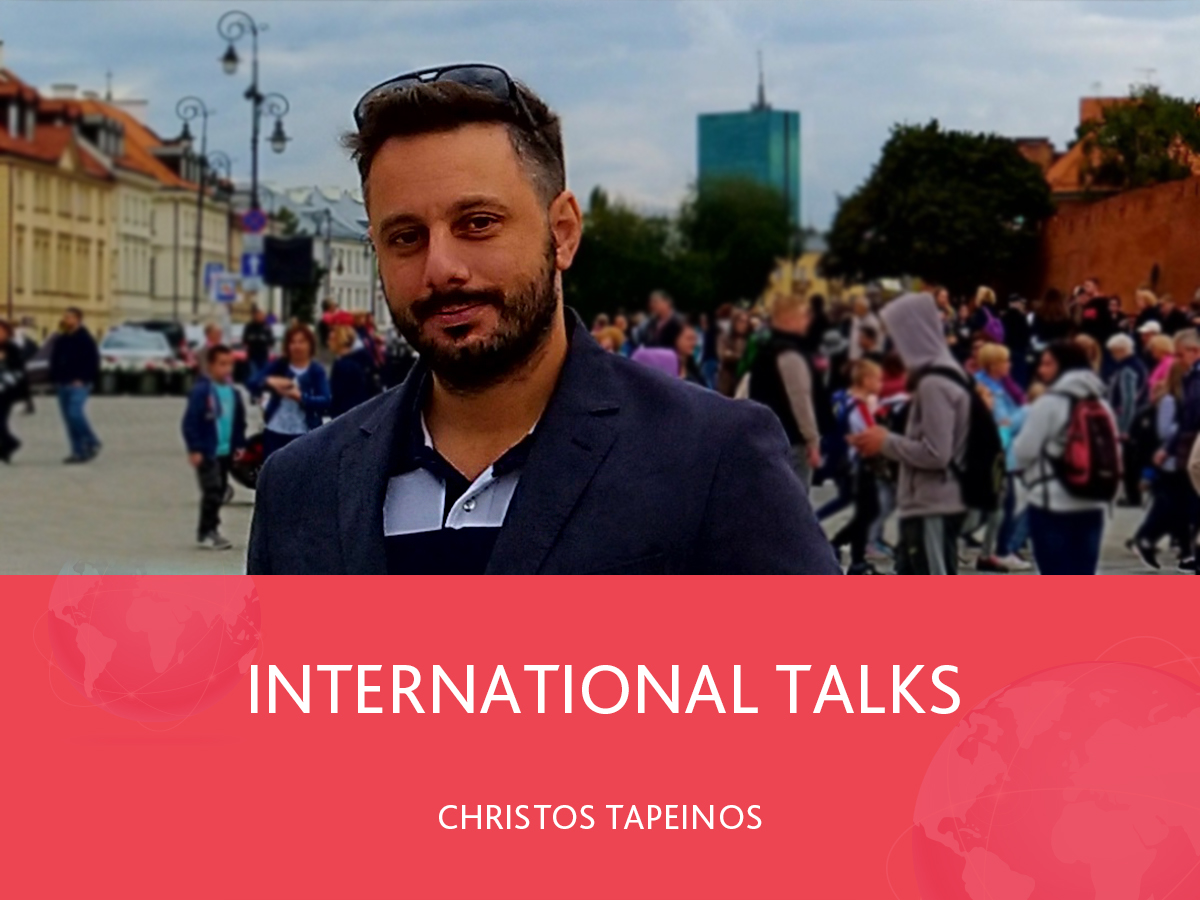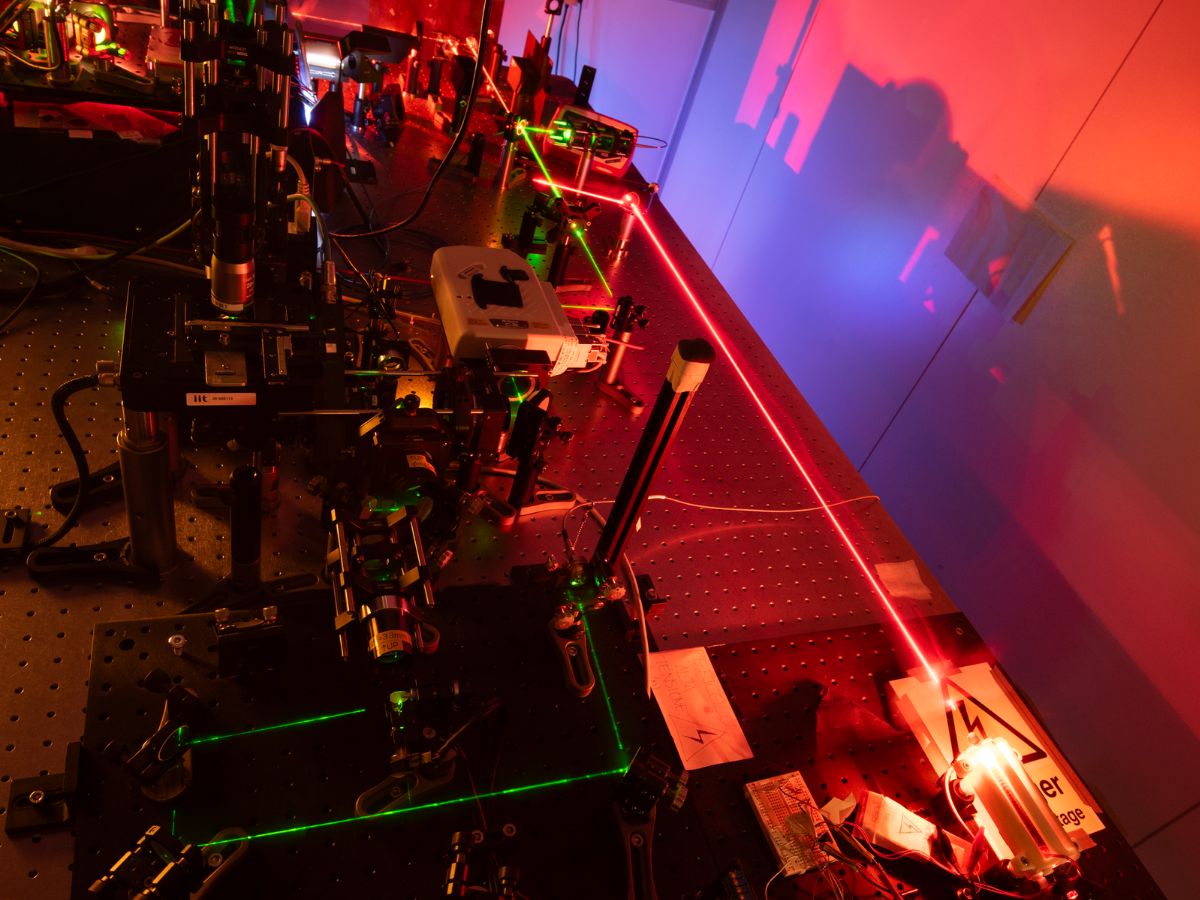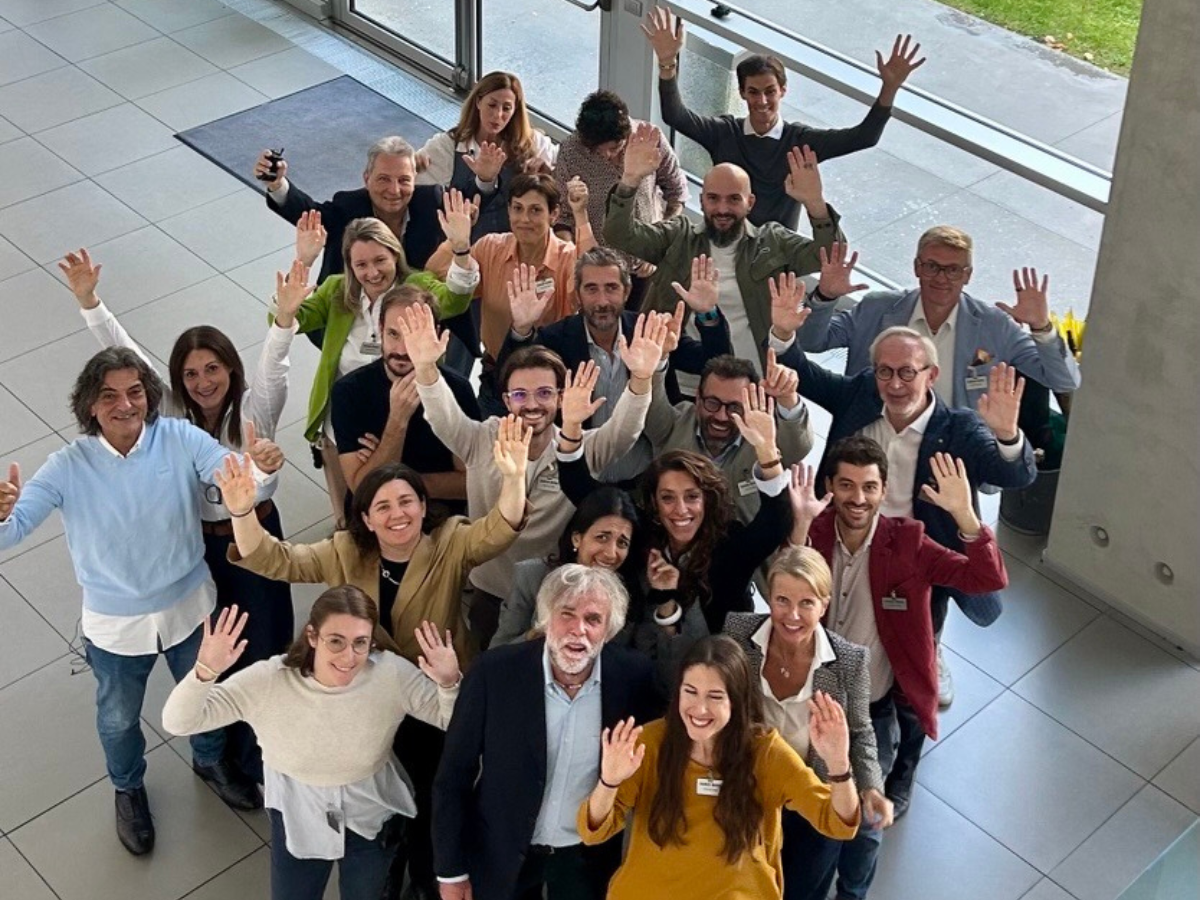Smart nanoparticles for the treatment of Ischemic stroke
Science and more specifically biomedical nanotechnology has always fascinated me, even at my younger years. This was one of the reasons that I have decided to become a researcher. For more than 10 years, I try to find ways to treat severe diseases like myocardial infarction, intervertebral disc degeneration, and cancer. Since my background is in material science, I decided to dedicate myself to nanomedicine: I fabricate very small particles, nanoparticles, inside of which I place various medicines so that these medicines can be more effective and reduce their side effects when administered into patients. Nanoparticles can be driven directly to the site that needs treatment, and they go only there.
My interest recently turned on ischemic stroke, which is one of the most significant medical conditions with high percentages of mortality and mobility worldwide. It occurs when an artery that supplies blood to the brain is blocked because of a thrombus. The creation of the clot and the following reduction/inhibition of the blood flow results in the lack of oxygen and nutrients to the brain neurons and their unavoidable death. The death of these cells, along with other stressed/damaged brain cells (astrocytes, endothelial cells), results in the well-known problems, in terms of cognitive, motor and speech abilities, of the stroke survivors.
Some of the major risk factors that lead to the creation of the clot are the high blood pressure, the high levels of ‘bad cholesterol’ (low-density lipoprotein-LDL), or the low levels of ‘good cholesterol’ (high-density lipoprotein-HDL), obesity, unhealthy diet, and others.
Unfortunately, up to date, there are only two approved medical methods for the treatment of stroke patients, and these are the administration of a thrombolytic substance called tissue plasminogen activator (tPA) or the use of a technique called mechanical thrombectomy. Although both of these methods can save human lives, unfortunately, they cannot counteract the severe damages that have already happened to the brain due to the blood flow reduction (ischemia) and restoration (reperfusion).
Knowing about this medical condition and the limitations of the current methods, I started thinking about what if there was a system able to counteract the post-stroke adverse effects? Up to two years ago, I was working at Istituto Italiano di Tecnologia at Smart Bio-Interfaces group led by Gianni Ciofani, and I was focusing my research on systems that mimic biological mechanisms in humans, for the treatment of glioblastoma. This work, along with my previous experience in the development of a number of biomaterials and drug delivery systems, allowed me to perform some preliminary experiments and to start generating an idea for a nanoplatform that can counteract the post-ischemic damage. This nanoplatform would combine inorganic nanoparticles and organic substances inside a bio-mimetic nanocapsule, and would be able to ameliorate the damage generated to the stressed cells and potentially lead to the regeneration of the lost neuronal tissue.
But generating an idea in the scientific world is only the first step since appropriate funding is needed to support any idea. Lucky for me, I was eligible to apply for a Marie Curie-Skłodowska Actions – Individual Fellowship, and this is what I did. After being awarded this fellowship, I started working on my idea, which, up to date, has provided significant data that have already been published. Along with my collaborators and, more specifically with the Ph.D. student Matteo Battaglini we have created a system that is able to ‘save’ neuronal and other types of cells from what we call oxidative damage. This damage is caused by the overproduction of specific small chemical molecules based on oxygen, like hydrogen peroxide. Although these small molecules normally exist in the human body, their overproduction due to a variety of factors like a disease makes them dangerous to our body and subsequently to our health.
Currently, we optimize the developed nanoplatform, and we look forward to studying it more in-depth in collaboration with Prof. Mario Giorgi at the University of Pisa, in order to demonstrate the ability of the system to treat post-ischemic stroke side effects.
Although, up to recently, the results from these research studies are encouraging, a significant amount of time is still needed until these data mature to the point that can be clinically translated.
The interdisciplinary nature of this project and the necessity to combine knowledge from different scientific fields (chemistry, materials science, physics, and biology) is what makes it complex, but in tandem, very interesting and mentally stimulating. This interdisciplinary nature, along with the support from the MSCA fellowship, allows the creation of domestic and international collaborations, promotes the transfer of knowledge, and ultimately helps in the promotion of my scientific career.
Concluding, I believe that although this MSCA fellowship provided me all the necessary tools to perform good science and to promote my career, the most important things that offered me was a lot of working and scientific experience, a good working environment, good collaborators and good friends.
___
Christos Tapeinos is a Researcher (Marie Curie Fellow) at Smart Bio-Interfaces Research Line at IIT’s Center for MicroBioRobotics in Pontedera (Pisa). For research updates, visit us http://msca-bionics.eu
This project has received funding from the European Union’s Horizon 2020 research and innovation programme under the Marie Sklodowska-Curie grant agreement No 793644





